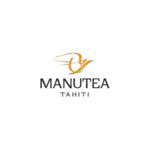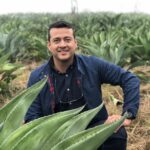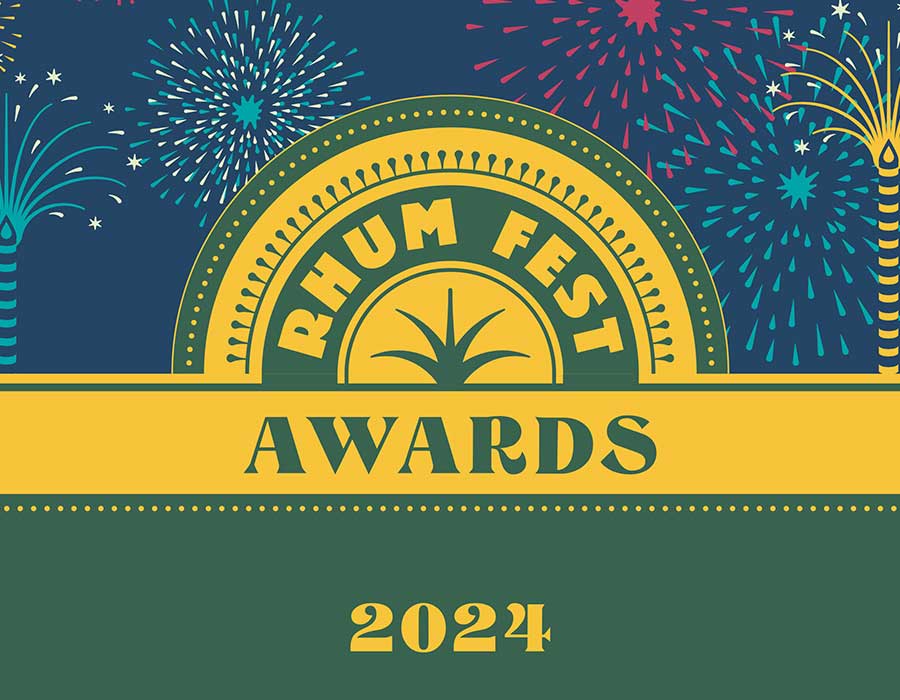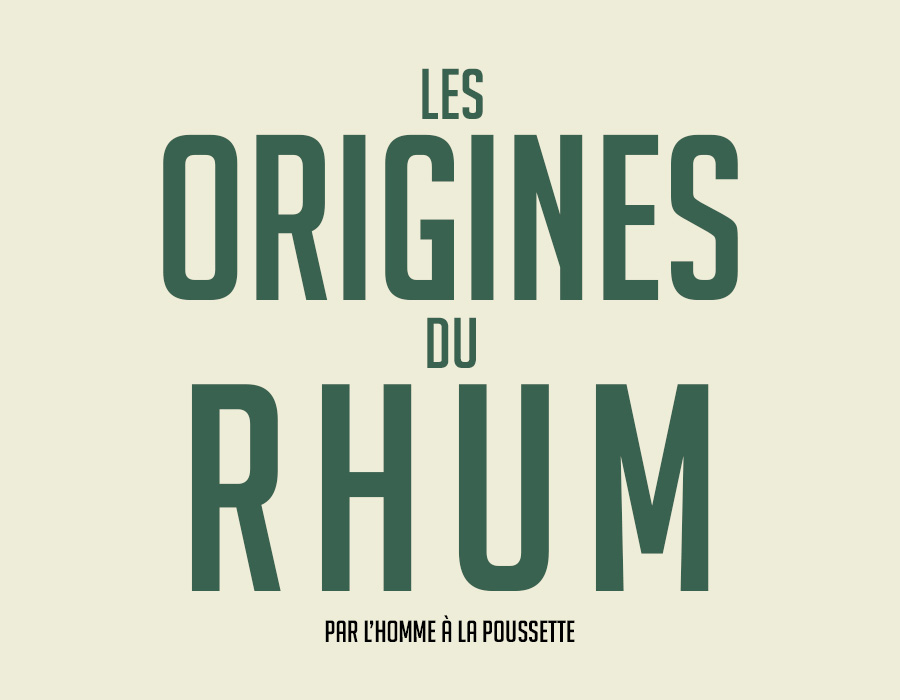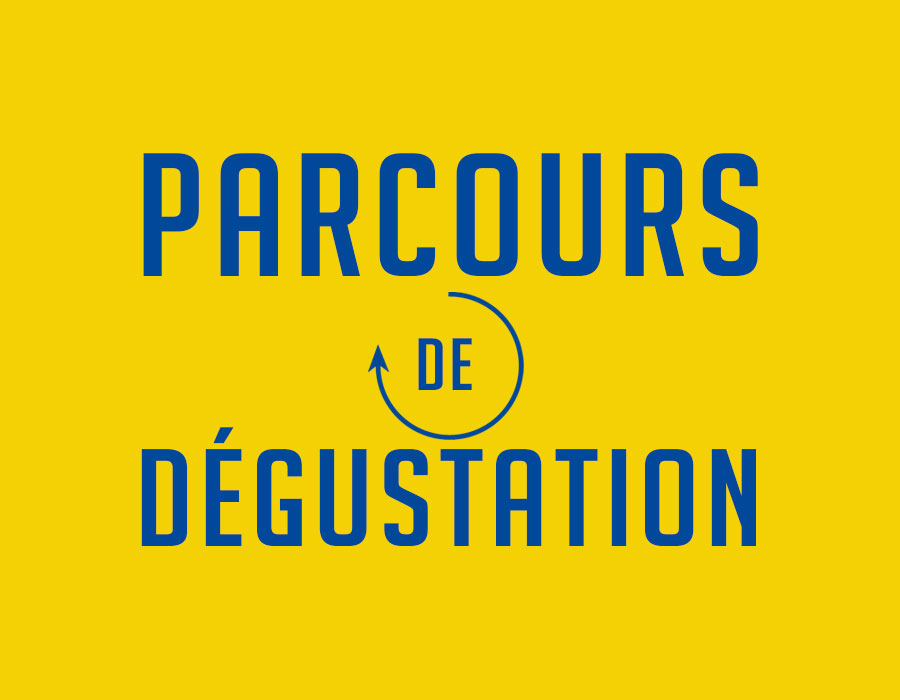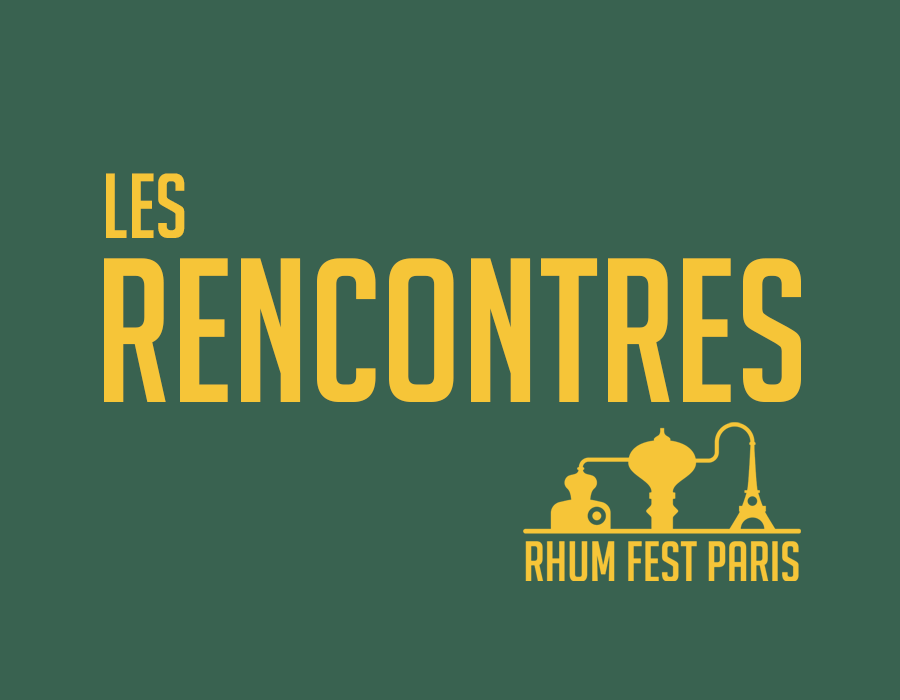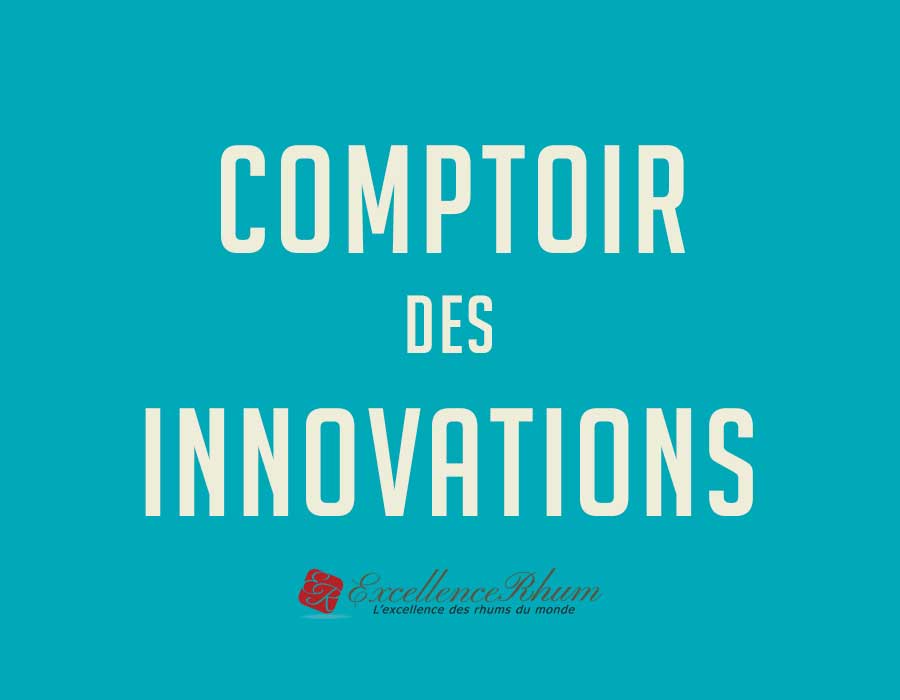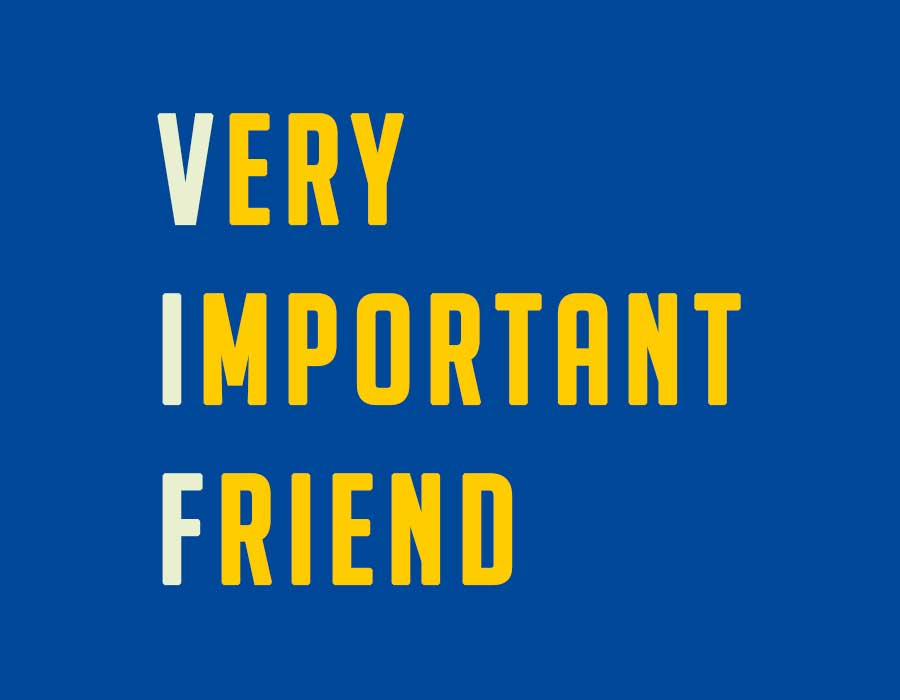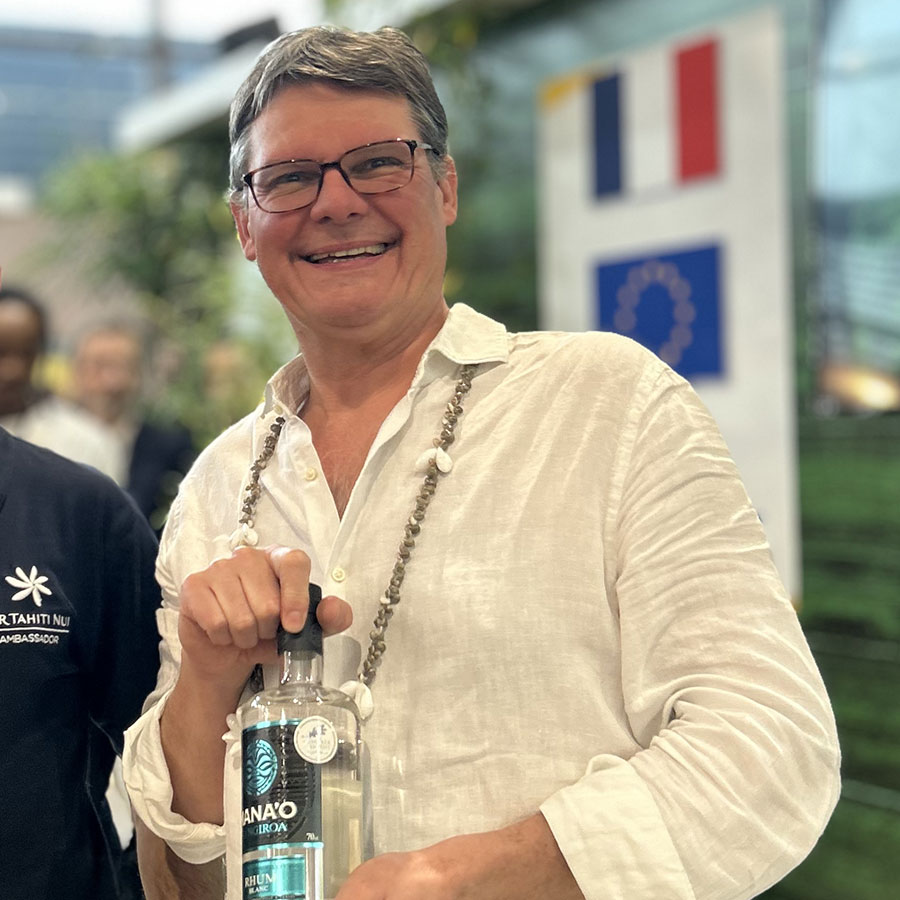
TEAM RFP: Hello Philippe Jugé. You’ve been Mana’o’s proud representative in France for several years now. Let’s take the story from the beginning: how did you, a whisky specialist, discover their rum and decide to import and distribute it in France?
Philippe: It was a mutual friend who put me in touch with Fabrice Baffou, the mild-mannered man behind the Mana’o project in 2013. He runs Brapac, one of the main players in the production and distribution of wines and spirits in Oceania, but we didn’t know him. One day, he called me to tell me about his crazy project: to find the ancestral sugar canes of Polynesia, select the varieties to produce a pure juice rum, replant them in a natural environment on different islands and atolls and produce a 100% Polynesian pure cane juice rum.
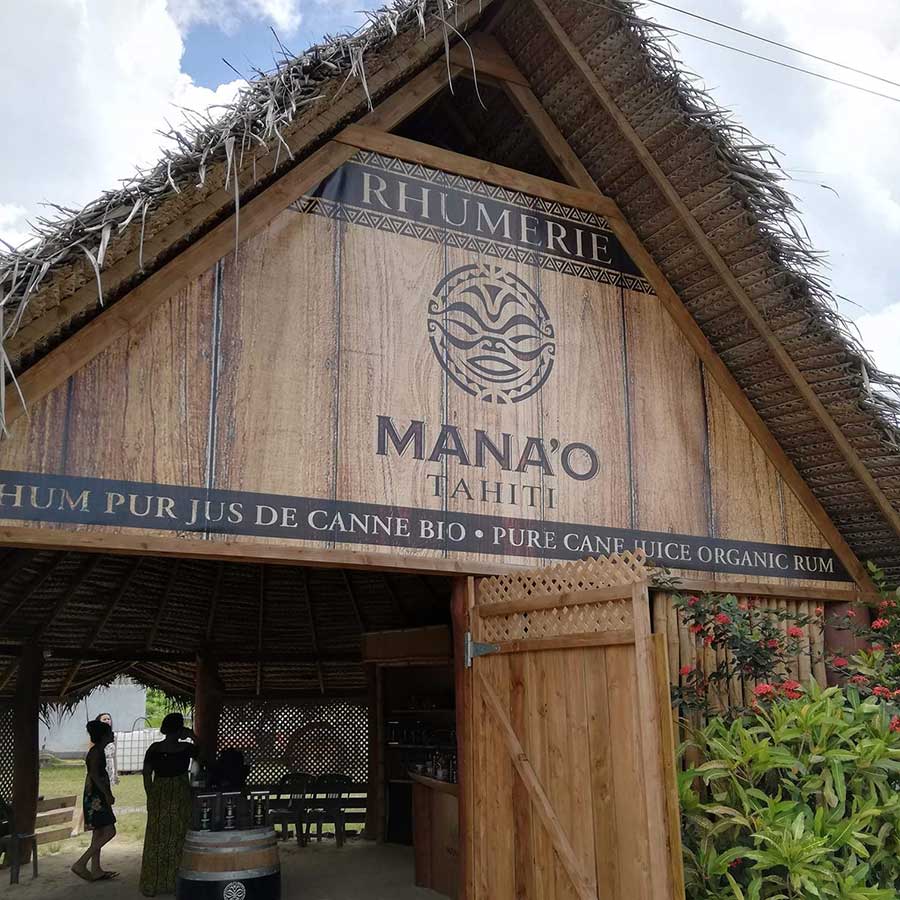
I laughed and suggested we talk again in 10 years’ time (smile). We kept in touch, of course, and the first time we met in person in Paris, in 2015, he had a sample of the very first Mana’o Tahiti. Big slap in the face. I know a lot about whisky, but I wasn’t a complete novice when it came to rum… (smiles) And for me, this rhum pur jus was the missing link between Neisson and the clairins. Crazy aromas of sugarcane and a little volatile. A real sweetness on the palate, with a menthol and licorice finish. At the minute, I was ready to do my bit. I started by improvising as an agent in 2016 before handing the baby over to Guillaume Botté (le Chat & Co) in 2017. And then when the volumes got bigger, we decided to create Free Spirits Distribution at the end of 2018.
TEAM RFP: What’s special about Mana’o, and Polynesian rums in general?
Philippe: Mana’o was the first pure cane juice rum from Polynesia. And in 2015, it was also the world’s first and only certified organic rum. We had to start from scratch. Mana’o is based on the use of at least 30% ancestral varieties of sugar cane from Polynesia. With the exception of a wild cane that mutated naturally in the wild, our varieties are noble and non-hybridized. Yields are therefore very low, and no cane has been improved to grow straight.
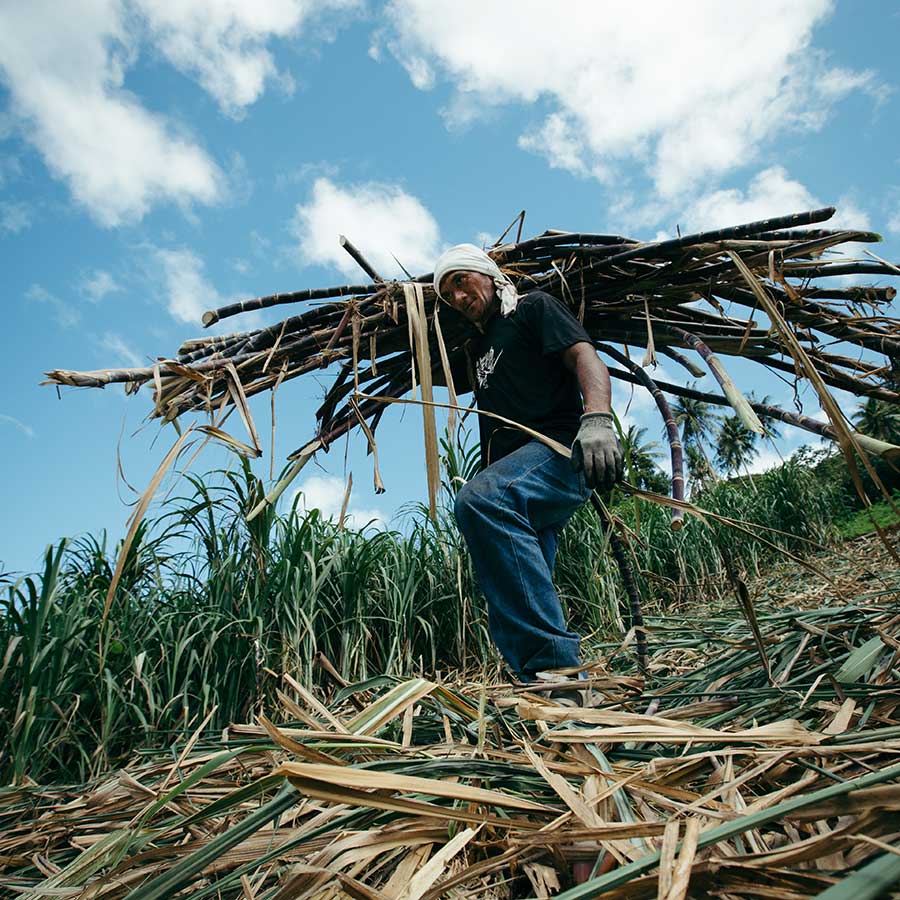
We have replanted different varieties on different islands (volcanic terroir) and atolls (coral reef with limestone soil). No two harvests are the same. And our 15 hectares of sugar cane are spread over three of the five archipelagos of French Polynesia, a territory the size of the whole of Europe. All the cane is cut by hand, crushed the same day and fermented on site.
The cane wines are then transported by boat to Tahiti, where the Mana’o distillery, equipped with a 3,000l Holstein, is located. Here, everything is distilled by ironing, variety by variety, terroir by terroir. The distillate is then slowly reduced by one degree per day and left to mature for over six months. For wood-aged rums, part of the distillate is sent back to Rangiroa, where the aging cellar is located.
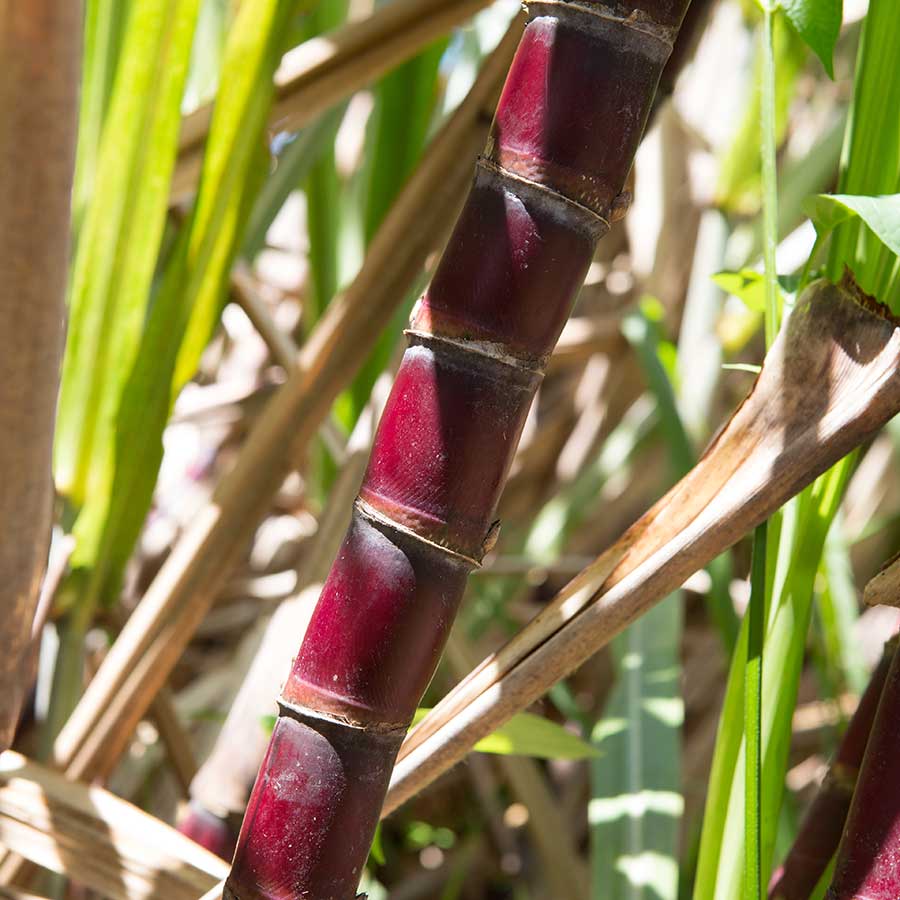
Mana’o is a truly artisanal rum, producing just 50,000 bottles a year. We don’t have a single varietal, as Polynesian sugar cane has too powerful a taste, but we do have parcellaires, such as Rangiroa (limestone soil) or Marquises (volcanic terroir), which come from a single terroir.
TEAM RFP: Polynesian rums will soon be able to claim IGP (Protected Geographical Indication) status. What are the positive prospects of this recognition for Mana’o?
Philippe: Recognition as a Protected Geographical Indication for Polynesian rums will reward ten, twelve years of investment, research and development around sugar cane, growing it responsibly and sustainably, to produce an authentic rum, the very essence of the best that Polynesia can produce. Let’s not forget that Polynesia has never known intensive agriculture.
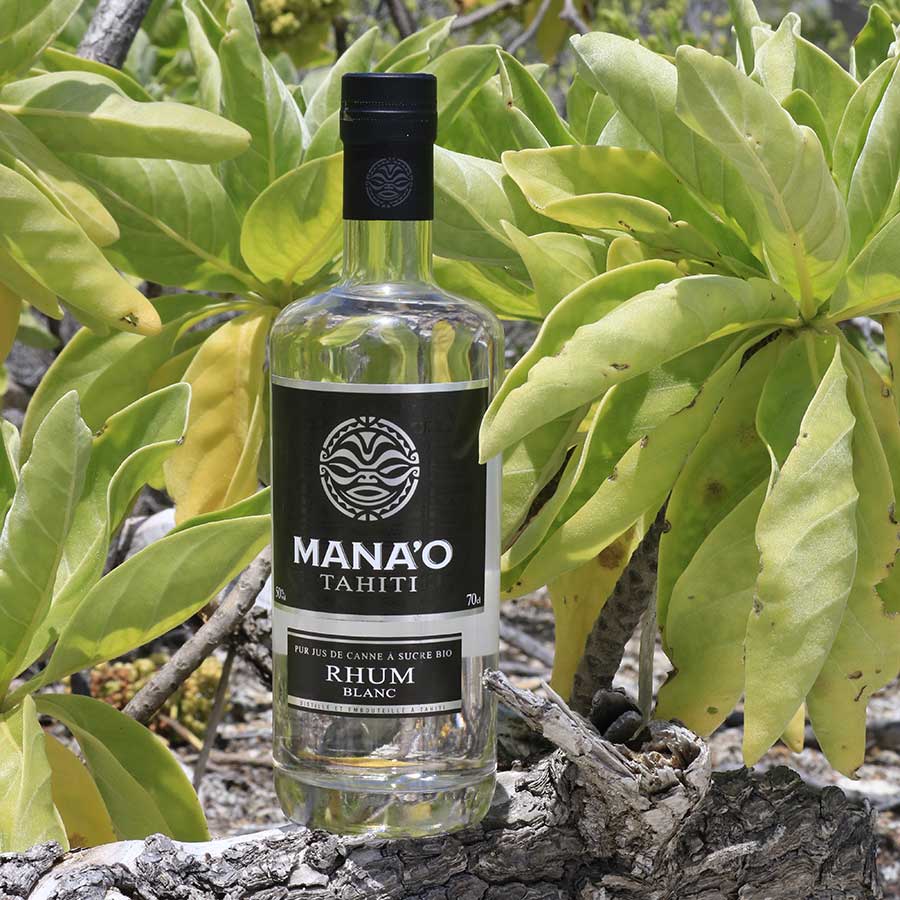
The soil and water are of extraordinary quality. It will also be an opportunity to honor the ancestral, non-hybridized canes of the Polynesians, of which Polynesia is one of the most incredible conservatories. For the connoisseur, this is obviously a guarantee of quality. And for the French rum industry as a whole, it’s yet another sign to the world of its diversity and high quality. And that’s why we wanted a GI for rhum pur jus de canne from French Polynesia. We should all welcome this recognition, including our colleagues in the West Indies and Reunion.
TEAM RFP: How can a distillery from French Polynesia succeed in establishing itself on the French market in the face of already well-established producers from the West Indies and Reunion?
Philippe: It’s obviously complicated, because with only 10,000 bottles available on the French market, Mana’o remains confidential compared to the historic brands from the French overseas departments and territories. We don’t have the same resources, nor the same production costs. And we don’t benefit from the 50% rebate on excise duties, which means an additional cost of around €12 for the consumer.
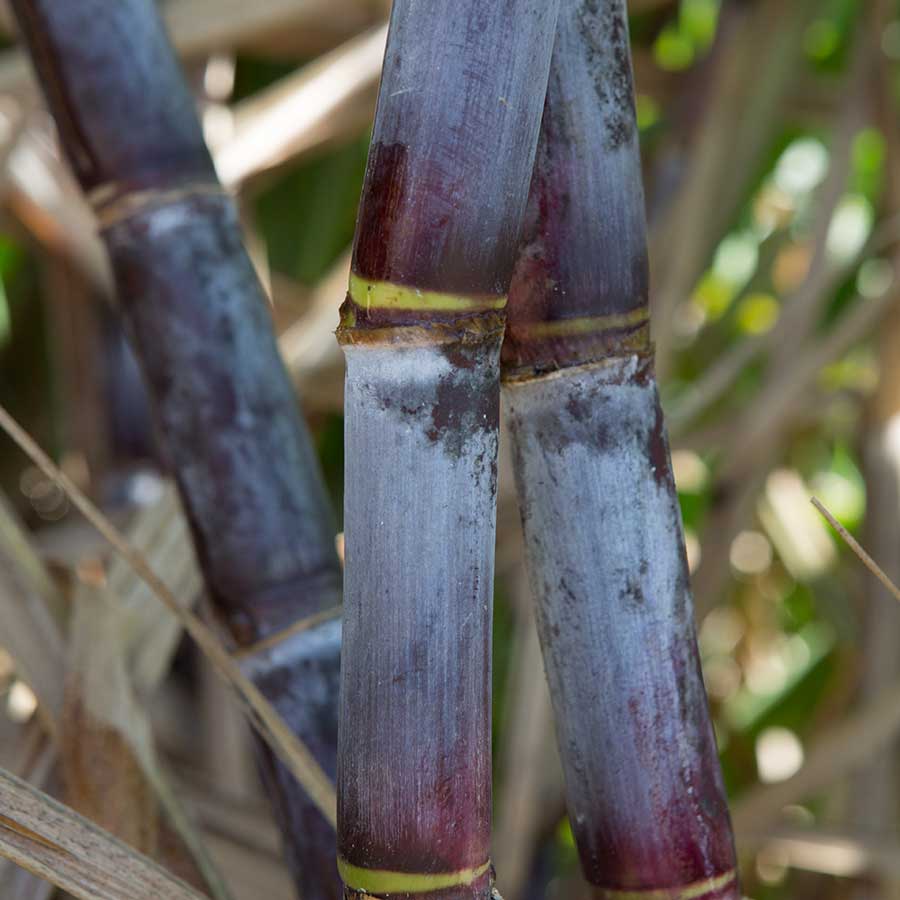
We’re not fighting on equal terms, but that doesn’t matter. Time is on our side. And the times, too, because Mana’o – over and above its high quality – is full of meaning: ancestral varieties, organic certification, artisanal production, a focus on the terroir and human labor. Mana’o is also an invitation to dream and get away from it all. And that’s exactly what today’s connoisseur wants: a fully conscious experience. We tick all the – right – boxes.
TEAM RFP: Mana’o recently launched a range that highlights the diversity of terroirs and indigenous sugarcane varieties. What products are currently on the market? Do you plan to extend the range?
Philippe: The regular range is made up of a white rum (50%), and a wood-aged rum in armagnac and cognac casks (43%), both blended from our different sugarcane varieties harvested on our three terroirs: Tahiti, Angiroa and Tahaa. Our Rangiroa parcel (48.5%) has also become an almost permanent benchmark, despite small volumes. We are also ageing a larger quantity of distillate to be able to produce aged rums. And we’re continuing to replant sugar cane in Tahiti and elsewhere. We hope to find the right place in the Australes, which would add a fourth archipelago after the Tuamotus (Rangiroa), the Marquesas (Nuku Hiva) and the Société (Tahiti, Tahaa).
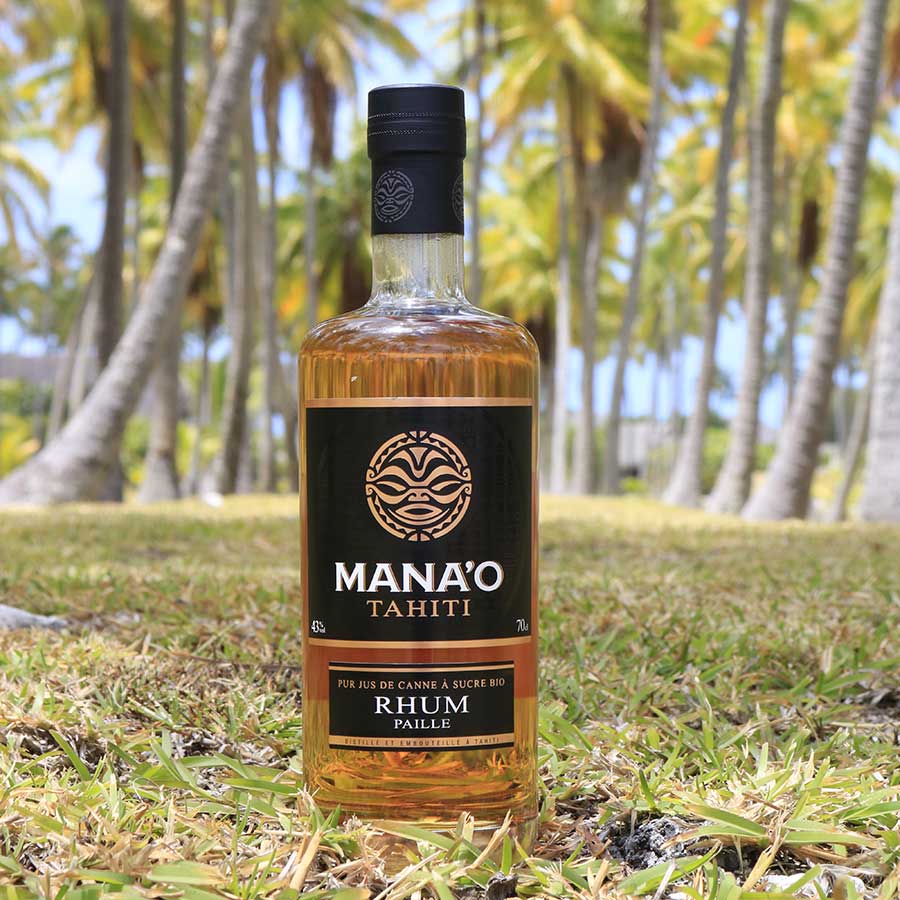
TEAM RFP: We’ve also heard about a very limited-edition amphora-aged rum. Are you satisfied with the outcome of this original experiment?
Philippe: I’ll be discovering it at the same time as everyone else at Rhum Fest, as I haven’t yet opened the bottle we received! Our Polynesian friends are fans, as it reinforces the finesse of the cane to ute: floral and vegetal nose, gourmet and exotic palate, great length. Innovation has been at the heart of the Mana’o project from day one. Fabrice Baffou, its creator, is an oenologist by training.
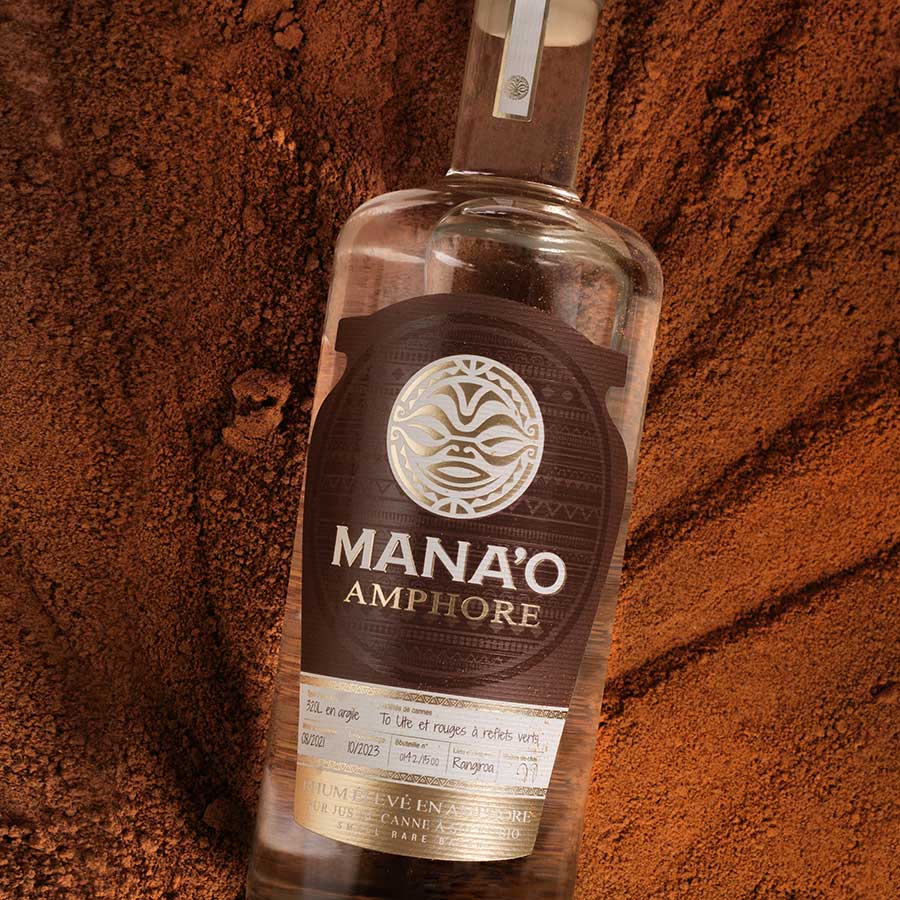
And let’s not forget that he moved to Polynesia to help develop the Dominique Auroy estate (5ha of carignan, muscat and italia in Rangiroa), and vinify Vins de Tahiti. Varieties and terroirs were his first playgrounds for both wine and rum. Mana’o now allows him to experiment with aging, whether in wood or amphora. And today, he can rely on a solid team led by Marotea Vitrac for development, Sébastien Thépenier for oenology, Manutea Parent for project follow-up, and Moehei Opuhi for communications and marketing. We’re just at the beginning of the adventure.

